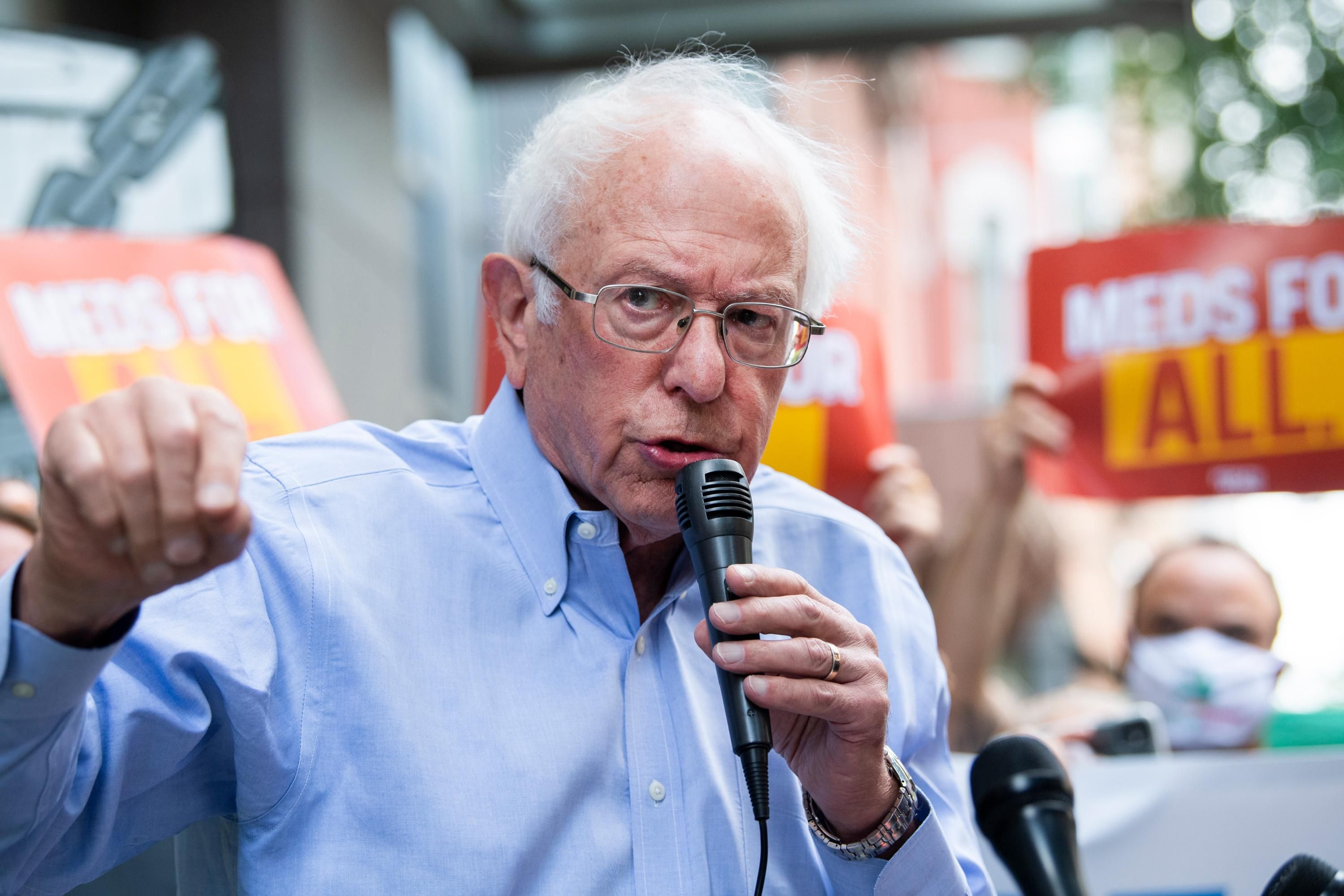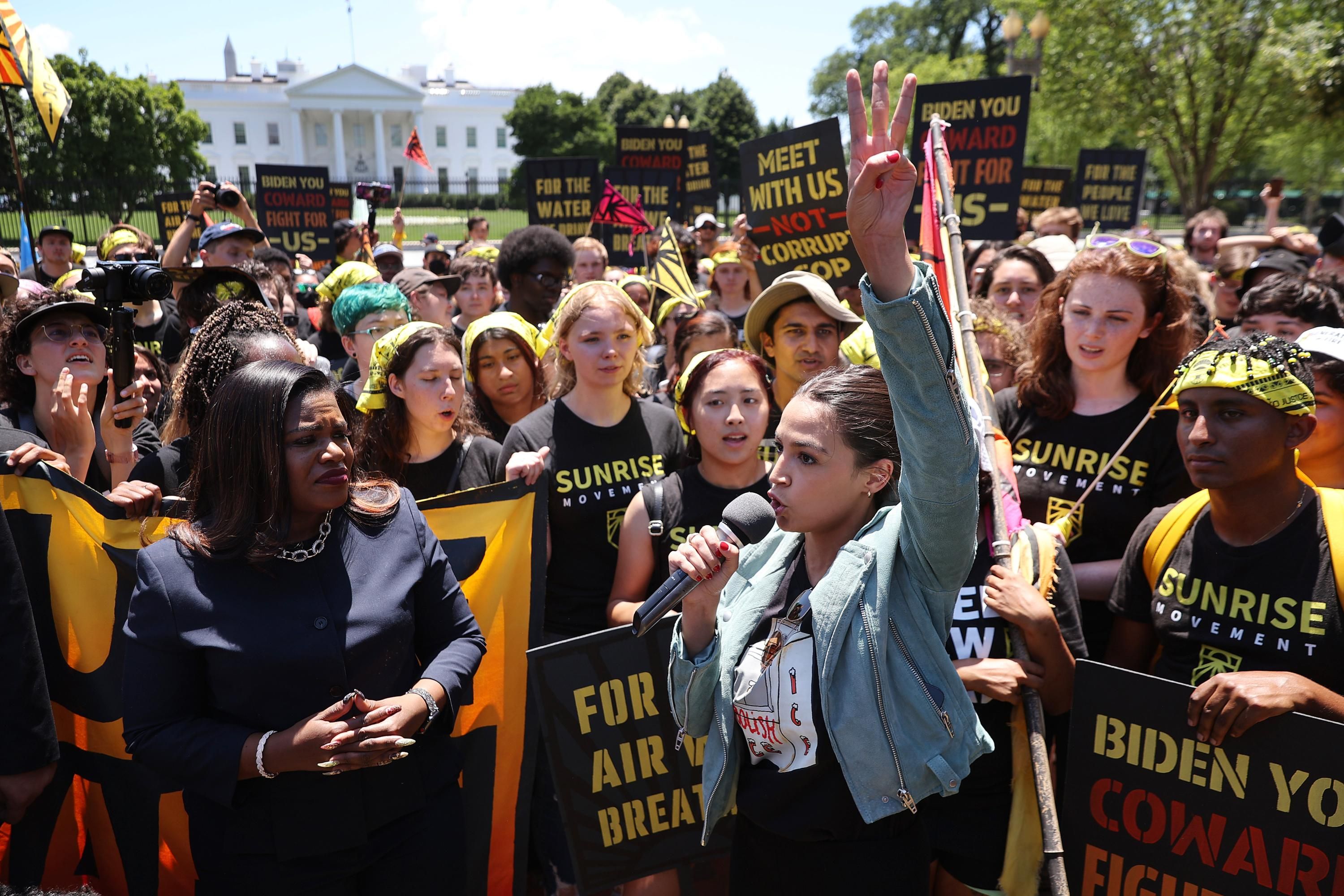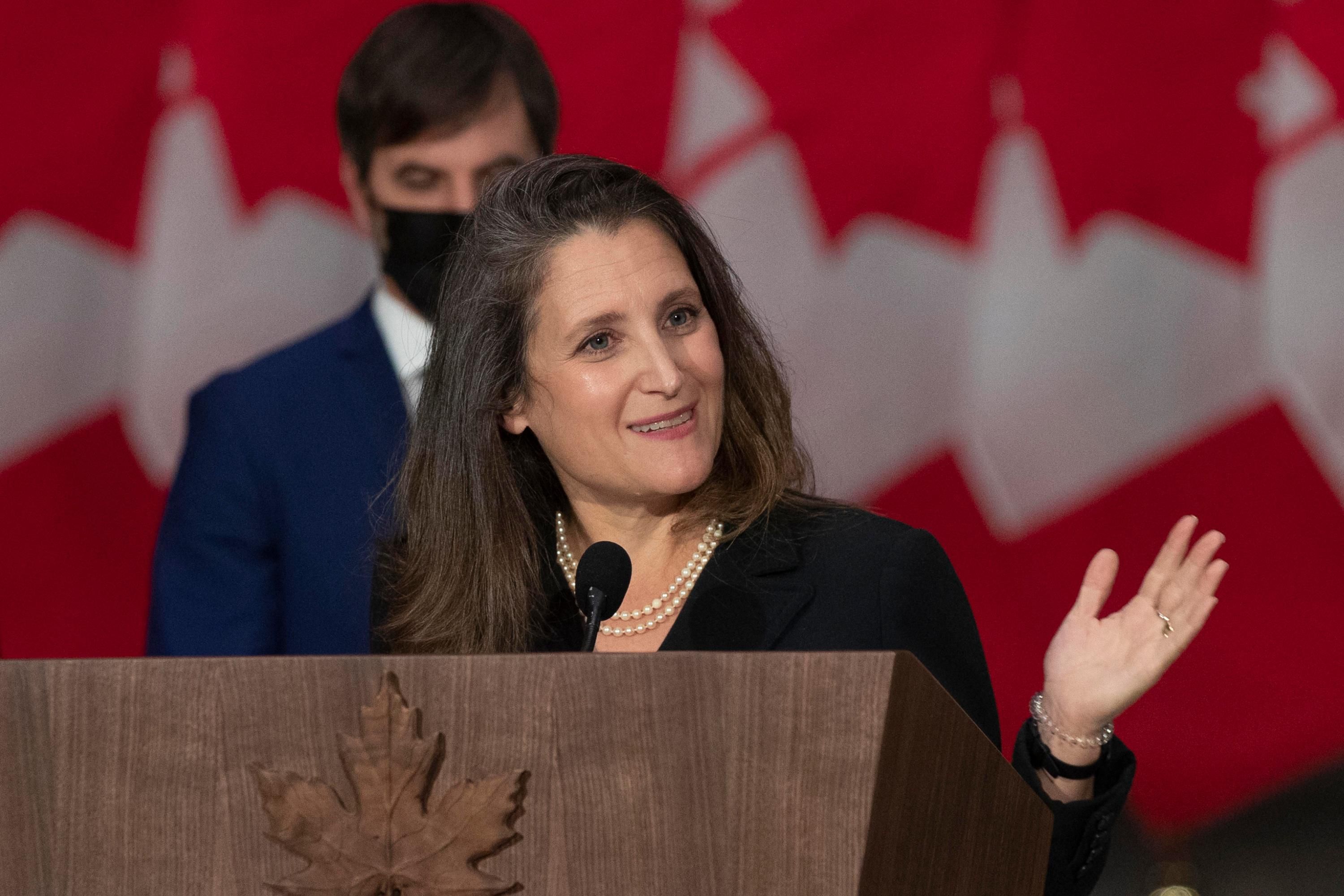The new regulations come amid a nationwide wave of Republican-led efforts to marginalize LGBTQ+ youth.

LGBTQ+ rights supporters gather at the Texas State Capitol in Austin on September 20, 2021 to protest state Republican-led efforts to pass legislation that would restrict the participation of transgender student-athletes. (Photo: Tamir Kalifa/Getty Images)
BRETT WILKINS
As right-wing efforts to marginalize transgender students increase across the United States, the Biden administration is expected in the coming weeks to finalize new Education Department regulations to protect LGBTQ+ youth, according to a Washington Post report published Wednesday.
"If they are discriminating against students on the basis of gender, they could be jeopardizing their funding."
The Post cites people familiar with a draft text of the proposed Title IX regulation that would expand the definition of "discrimination on the basis of sex" to include "discrimination on the basis of sex stereotypes, sex-related characteristics (including intersex traits), pregnancy or related conditions, sexual orientation, and gender identity."
David Hinojosa, director of the Educational Opportunities Project at the nonprofit Lawyers' Committee for Civil Rights Under Law, told the Post that the new regulations "could very well be a game-changer."
"States accept federal moneys and agree not to discriminate on the basis of race, sex, etc., under federal laws including Title IX," he said. "If they are discriminating against students on the basis of gender, they could be jeopardizing their funding."
Title IX is the 1972 law prohibiting discrimination on the basis of sex in any federally funded education program or activity. (ANOTHER NIXON ACT)
In announcing its departure from Trump-era policy, the Education Department cited Bostock v. Clayton County, the landmark 2020 U.S. Supreme Court ruling declaring workplace discrimination against LGBTQ+ people unconstitutional.
U.S. Education Secretary Miguel Cardona said last June that the Biden administration believes "that all students—including LGBTQ+ students—deserve the opportunity to learn and thrive in schools that are free from discrimination."
Related Content

'Huge Day for Trans Youth' as Biden Administration Reverses Trump-Era Title IX Guidance
The impending regulatory revision comes as Republican-controlled states across the country pass laws banning transgender student-athletes from participating on the sports teams that match their gender identity. On Wednesday Oklahoma became the 13th state to approve such legislation.
The new Title IX regulations will also rewrite rules on how schools handle allegations of sexual assault and harassment. The Trump administration gutted protections for sexual abuse survivors while expanding the rights of the accused.
Our work is licensed under Creative Commons (CC BY-NC-ND 3.0). Feel free to republish and share widely.




